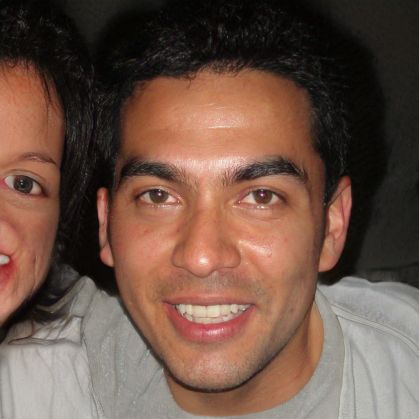Was is past tense?
The words “was” and “were” are past tense forms of the verb “to be,” a word English speakers use more often than they realize. Whenever we use the terms are, is, am, was, were, be being, or been–– we are using the verb 'be' (to be).
Was or were after if?
If the verb in the if clause is “to be,” use “were,” even if the subject of the clause is a third person singular subject (i.e., he, she, it). See the examples below for an illustration of this exception: If I was a rich man, I would make more charitable donations. Di conseguenza,, was or were with there? We use there was in singular sentences and There were in plural sentences. There was a boy sitting. Both there was and there were are correct generally,we use there was and there were in the past tense. for singular objects we use there was and for plural objects we use there were.
Allora,, were or was past tense?
Chances are, you're familiar with one difference between was and were: that was is the first and third-person singular past tense of the verb to be, while were is the second-person singular past and plural past of to be. Tenendo presente questo,, how were o how was? 1 Answer. Use "were" in this case, because you're asking about "meals" in the plural. You would use "was" for a singular subject.
What kind of words are was and were?
“Was” and “were” present as above, but in the past tense. They are called auxiliary verbs. They're conjugations of the word “be”. These are the forms of the auxiliary verb to be when conjugated in the present (is, are) and past tense (was, were) and combined with another verb. Were good or was good? As I said above, was and were are in the past tense, but they are used differently. Was is used in the first person singular (I) and the third person singular (he, she, it). Were is used in the second person singular and plural (you, your, yours) and first and third person plural (we, they).
Articoli simili
- Is has had past tense?
Una forma di tempo Presente Perfetto (Semplice) è Ha avuto (o generalmente ha/ha + Participio Passato). Il tempo presente perfetto è usato per parlare di eventi passati che hanno influenza sul presente. Giu 30, 2016
- Come si riconosce in una frase il past simple e past continuous?
Il passato può essere usato in diversi modi in inglese. Il passato italiano remoto prende il nome passato semplice in inglese. Se un'azione è iniziata in passato ma deve ancora concludersi, si parla di passato continuo.
- Quando si utilizza il past perfect e quando il past simple?
Passato continuo e passato semplice descrivere azioni che hanno avuto luogo nel passato recente o lontano.
- Quando si utilizza il past perfect e quando il past simple?
- What tense is have posted?
- What is present continuous tense with examples?
- What are the 4 types of present tense?
 Gufosaggio
Gufosaggio
